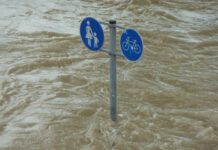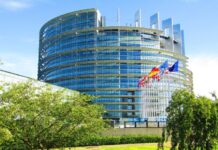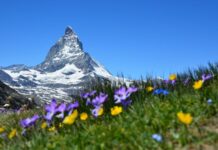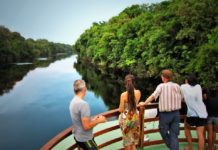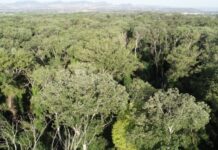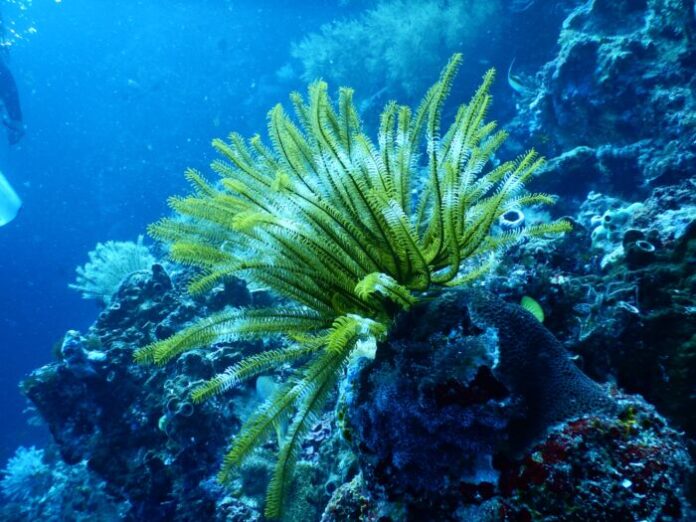
A high-tech laboratory for the study of algae, bryozoans, molluscs and corals, organisms that are still ‘little considered’ but are extremely important for climate change adaptation and mitigation strategies, is being set up in the waters of Santa Teresa Bay (La Spezia). This pilot project marks the official start of Italy’s first Smart Bay, a collaborative platform promoted by ENEA together with CNR, INGV, the Municipality of Lerici, Scuola di Mare Santa Teresa and Cooperativa Mitilicoltori Associati. The initiative, which was presented on the occasion of the European Maritime Day, aims at the coordinated management of marine and atmospheric research infrastructures and the testing of advanced technologies to support sectors with high potential for sustainable growth and employment such as: aquaculture, tourism, marine biotechnology and energy from the sea, in line with the aims of the Blue Italian Growth (BIG) technology cluster in the broader context of the European Blue Growth strategy.
“With the Smart Bay of Santa Teresa we intend to promote research and technology, strengthen our support for local realities, and at the same time protect and enhance the natural capital of the Gulf,” highlights Roberto Morabito, Director of the ENEA Department of Sustainability of Production and Territorial Systems. Our aim,” adds Morabito, “is to implement knowledge of marine ecosystems and the services they provide, also with reference to the objectives of ecological transition. Moreover, by integrating scientific, tourist/recreational and training activities that will be created, we want to represent a first model of sustainability and cooperation that can be replicated in other areas, contributing to strengthening Italian scientific research in the field of marine sciences”.
The pilot project will study the role played by these marine ecosystems in the bay and gulf in providing “ecosystem services” such as climate regulation, habitat support and provision, and cultural and aesthetic contribution. Participants in the project include the CNR, the Municipality of Lerici, Cooperativa Mitilicoltori Associati, Scuola di Mare, the Universities of Florence, Pavia, Portsmouth and Sapienza, the Zoological Station of Naples and the company W·SENSE. In addition to data on the physiology of the ecosystems (respiration, photosynthesis, calcification, growth) under current and future conditions, the distribution and extension of some species will also be acquired through the use of terrestrial and marine drones. In situ probes and weekly and monthly measurement campaigns will also be used to measure parameters such as pH, pCO2, calcite, aragonite and nutrients, while temperature, salinity and oxygen measurements will be taken from the ENEA weather station.
Thanks to the collaboration with Sapienza University, high-tech sensor systems designed by the company W·SENSE will be tested to acquire temperature, current and oxygen data in the bay and other sites in the gulf, including mussel farming, making them available in real time via Wi-Fi to local stakeholders. The information collected will then also be analysed using an economic, social and ecological approach, with the aim of assigning an economic value to these ecosystems. “Understanding the functioning of these marine ecosystems, their reciprocal influence with the surrounding environment and finally improving their social perception is the starting point for planning a true ecological transition that involves researchers, stakeholders, local administrators and citizens,” stresses Chiara Lombardi, researcher at the ENEA Biodiversity and Ecosystem Services Laboratory at the Santa Teresa Research Centre.
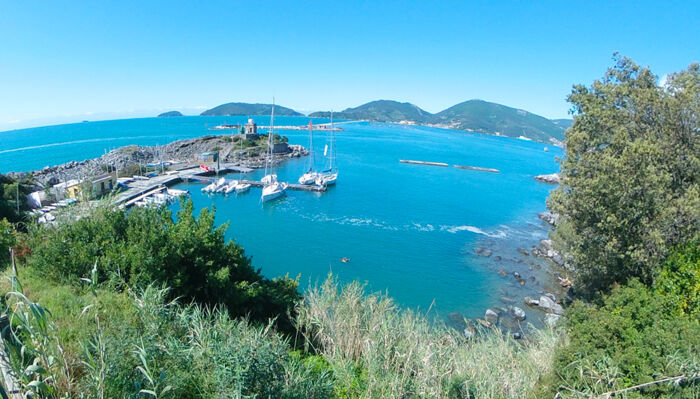
“Smart Bay Santa Teresa was created to create a platform for dialogue and to promote cooperation between different actors on a small but valuable territory, so that through exchange and collaboration, work is directed towards Blue growth, be it research, innovation, manufacturing or tourism, with ecosystems and technology at the centre.”



